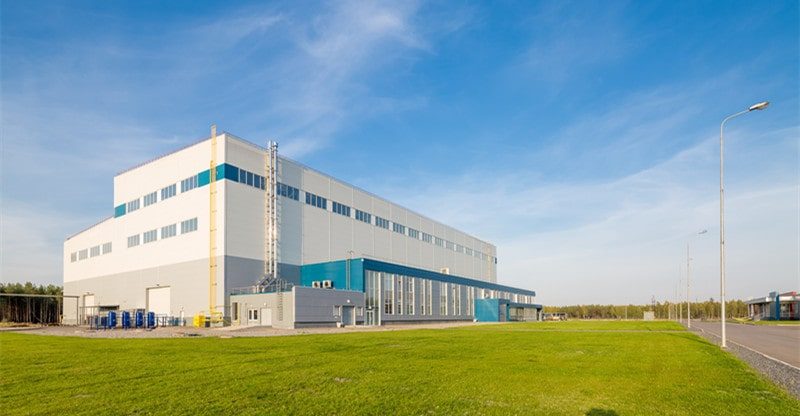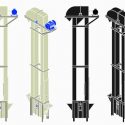Industrial Buildings for the Modern Age: A New Era of Construction
As the world evolves, so do the technology and innovations that shape it. Construction is no exception, and modern industrial buildings are a testament to the ever-evolving nature of architecture. Today’s industrial buildings are not only functional but also environmentally conscious, technologically advanced, and adaptable to new uses. In this article, you will explore the new era of construction for industrial buildings and how they are designed to meet the needs of the modern age.
Sustainability and Environmental Consciousness
Industrial buildings for the modern age are designed to be environmentally conscious, making use of green technologies and materials that minimize their impact on the environment. This is a response to the growing concern for the environment and the need to reduce carbon footprints.
Green materials such as recycled steel, bamboo, and other sustainable materials are used in the construction of industrial buildings to minimize the environmental impact. The use of solar panels, wind turbines, and other renewable energy sources is also prevalent, allowing these buildings to generate their energy and reducing reliance on fossil fuels.
Modern industrial buildings also incorporate green roofs and walls, which help reduce the heat island effect and promote biodiversity in urban areas. These buildings are designed to be more energy-efficient, which helps to reduce energy consumption and lower operational costs for businesses.
Adaptability and Flexibility
Industrial buildings for the modern age are designed with adaptability and flexibility in mind. This is because businesses and industries are constantly evolving, and the needs of the building may change over time.
Modern industrial structures are designed to be easily reconfigured or repurposed for different uses. They are designed with a modular framework that allows for easy expansion, modification, or even disassembly if necessary. This makes it possible for businesses to change their operations without moving to a new location or building a new facility.
Technological Advancements
Technology has become an integral part of modern industrial buildings, with buildings designed to incorporate the latest advancements. These buildings have state-of-the-art features such as smart lighting, automated systems, and Internet of Things (IoT) sensors.
Smart lighting systems use sensors to detect occupancy, which allows the building to optimize lighting and energy usage. Automated systems help to streamline processes, reducing labour costs and improving productivity. IoT sensors monitor environmental conditions such as temperature and humidity, which helps to improve energy efficiency and reduce waste.
Efficiency and Productivity
Modern industrial buildings are designed to be efficient and productive, focusing on optimizing workflows and minimizing downtime. The buildings are designed to be ergonomic, ensuring that workers are comfortable and safe while performing their tasks. This helps to minimize the risk of injury and increase productivity.
The buildings are also designed to optimize workflows, with efficient layouts that minimize the distance between workstations and reduce the time required to complete tasks. This helps to increase productivity, which in turn improves profitability for businesses.
Security and Safety
Industrial buildings for the modern age are designed with security and safety in mind. The buildings are equipped with state-of-the-art security systems that monitor and control access to the building, as well as Amico welded wire fencing. This helps to prevent unauthorized access and reduce the risk of theft and vandalism.
The buildings are also designed to be safe, with features such as fire suppression systems, emergency lighting, and other safety features that help to protect workers and the building in the event of an emergency.
Conclusion
Sustainability, adaptability, technological advancements, efficiency, and safety characterize the new era of construction for industrial buildings. The buildings are designed to meet the needs of the modern age, with a focus on reducing environmental impact, increasing productivity, and enhancing safety and security.



